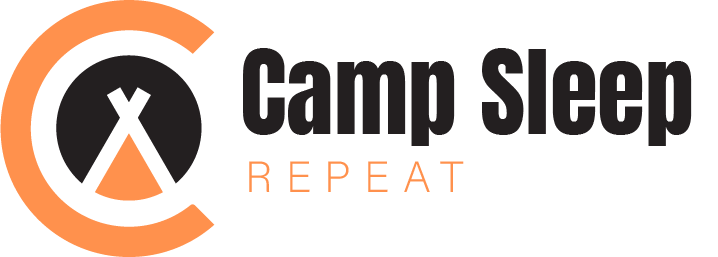Be a part of our every day and weekly newsletters for the most recent updates and unique content material on industry-leading AI protection. Study Extra
The final decade has seen the divide between tech and industrial groups skinny virtually to the purpose of nonexistence. And I, for one, am in favor of it. Not each tech group works in a tech firm, and blurring the traces between the industrial and technological implies that we will construct and ship product secure within the information that will probably be effectively obtained, extensively adopted (not at all times a given), and contribute meaningfully to the underside line. Identify a greater technique to inspire a high-performance tech group, and I’ll pay attention.
It’s a change that was accelerated — if not attributable to — knowledge tech. We’ve spent a long time working by way of massive knowledge, enterprise intelligence, and AI hype cycles. Every launched new expertise, issues and collaborators for the CTO and their group to familiarize yourself with, and every moved us just a bit farther from the remainder of the group; nobody else can do what we do, however everybody wants it achieved.
Technical groups will not be inherently industrial, and as these roles expanded to incorporate constructing and delivering instruments to assist numerous groups throughout the group, this hole grew to become more and more obvious. We’ve all seen the stats in regards to the variety of knowledge science initiatives, specifically, that by no means get productionized — and it’s little marvel why. Instruments constructed for industrial groups by individuals who don’t absolutely perceive their wants, objectives or processes will at all times be of restricted use.
This waste of know-how {dollars} was immensely justifiable within the early days of AI — traders needed to see funding within the know-how, not outcomes — however the tech has matured, and the market has shifted. Now, we have now to indicate precise returns on our know-how investments, which implies delivering improvements which have a measurable influence on the underside line.
Transitioning from assist to a core operate
The rising pains of the information tech hype cycles have delivered two unbelievable boons to the fashionable CTO and their group (over and above the introduction of instruments like machine studying (ML) and AI). The primary is a mature, centralized knowledge structure that removes historic knowledge silos throughout the enterprise and provides us a transparent image — for the primary time — of precisely what’s occurring on a industrial stage and the way one group’s actions have an effect on one other. The second is the transfer from a assist operate to a core operate.
This second one is vital. As a core operate, tech employees now have a seat on the desk alongside their industrial colleagues, and these relationships assist to foster a higher understanding of processes outdoors of the know-how group, together with what these colleagues want to realize and the way that impacts the enterprise.
This, in flip, has given rise to new methods of working. For the primary time, technical people are now not squirreled away, fielding unconnected requests from throughout the enterprise to tug this stat or crunch this knowledge. As an alternative, they’ll lastly see the influence they’ve on the enterprise in financial phrases. It’s a rewarding viewpoint and one which has given rise to a brand new means of working; an strategy that maximizes this contribution and goals to generate as a lot worth as shortly as potential.
Introducing lean worth
I hesitate so as to add one other challenge administration methodology to the lexicon, however lean-value warrants some consideration, significantly in an atmosphere the place return on tech funding is so closely scrutinized. The guideline is ‘ruthless prioritization to maximise worth.’ For my group, which means prioritizing analysis with the very best chance of both delivering worth or progressing organizational objectives. It additionally means deprioritizing non-critical duties.
We give attention to attaining a minimal viable product (MVP), making use of lean ideas throughout engineering and structure, and — right here’s the difficult bit — actively avoiding an ideal construct within the preliminary go. Every week, we evaluate non-functional necessities and reprioritize them primarily based on our aims. This strategy reduces pointless code and prevents groups from getting sidetracked or shedding sight of the larger image. It’s a means of working we’ve additionally discovered to be inclusive of neurodiverse people inside the group, since there’s a really clear framework to stay anchored to.
The end result has been accelerated product rollouts. We’ve a dispersed, worldwide group and function a modular microservice structure, which lends itself effectively to the lean-value strategy. Weekly opinions preserve us centered and forestall pointless improvement — itself a time saver — whereas permitting us to make modifications incrementally and so keep away from intensive redesigns.
Leveraging LLMs to enhance high quality and velocity up supply
We set high quality ranges we should obtain, however choosing effectivity over perfection means we’re pragmatic about utilizing instruments reminiscent of AI-generated code. GPT 4o can save us money and time by producing structure and have suggestions. Our senior employees then spend their time critically assessing and refining these suggestions as a substitute of writing the code from scratch themselves.
There shall be a lot who discover that individual strategy a turn-off or short-sighted, however we’re cautious to mitigate dangers. Every construct increment have to be production-ready, refined and accepted earlier than we transfer on to the subsequent. There may be by no means a stage at which people are out of the loop. All code — particularly generated — is overseen and accepted by skilled group members consistent with our personal moral and technical codes of conduct.
Knowledge lakehouses: lean worth knowledge structure
Inevitably, the lean-value framework spilled out into different areas of our course of, and embracing giant language fashions (LLMs) as a time-saving device led us to knowledge lakehousing; a portmanteau of information lake and knowledge warehouse.
Standardizing knowledge and structuring unstructured knowledge to ship an enterprise knowledge warehouse (EDW) is a years-long course of, and it comes with downsides. EDWs are inflexible, costly and have restricted utility for unstructured knowledge or various knowledge codecs.
Whereas an information lakehouse can retailer each structured and unstructured knowledge, utilizing LLMs to course of this reduces the time required to standardize and construction knowledge and routinely transforms it into useful perception. The lakehouse supplies a single platform for knowledge administration that may assist each analytics and ML workflows and requires fewer sources from the group to arrange and handle. Combining LLMs and knowledge lakehouses accelerates time to worth, reduces prices, and maximizes ROI.
As with the lean-value strategy to product improvement, this lean-value strategy to knowledge structure requires some guardrails. Groups must have sturdy and well-considered knowledge governance in place to keep up high quality, safety and compliance. Balancing the efficiency of querying giant datasets whereas sustaining price effectivity can be an ongoing problem that requires fixed efficiency optimization.
A seat on the desk
The lean-value strategy is a framework with the potential to alter how know-how groups combine AI perception with strategic planning. It permits us to ship meaningfully for our organizations, motivates high-performing groups and ensures they’re used to most effectivity. Critically for the CTO, it ensures that the return on know-how investments is obvious and measurable, making a tradition wherein the know-how division drives industrial aims and contributes as a lot to income as departments reminiscent of gross sales or advertising and marketing.
Raghu Punnamraju is CTO at Velocity Medical Analysis.
DataDecisionMakers
Welcome to the VentureBeat neighborhood!
DataDecisionMakers is the place consultants, together with the technical folks doing knowledge work, can share data-related insights and innovation.
If you wish to examine cutting-edge concepts and up-to-date info, finest practices, and the way forward for knowledge and knowledge tech, be a part of us at DataDecisionMakers.
You would possibly even take into account contributing an article of your personal!



